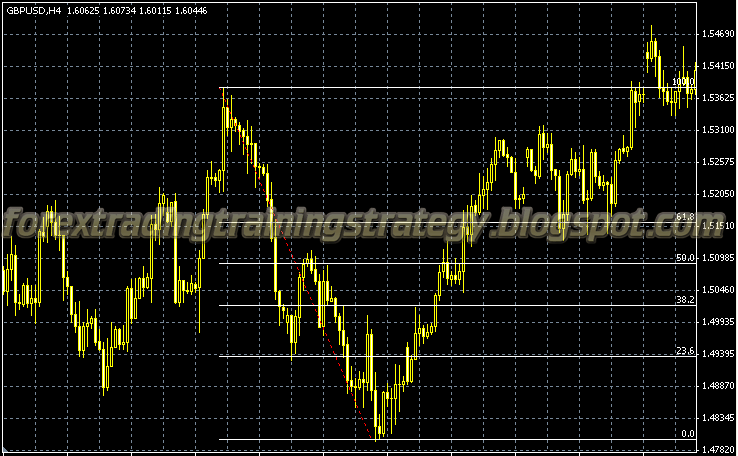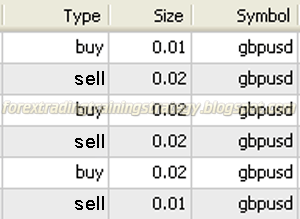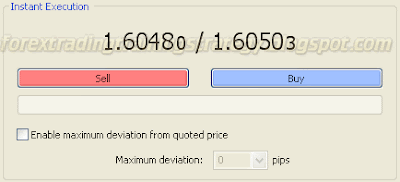The Fibonacci Indicator Tool is a popular technical analysis tool used by traders to help identify potential levels of support and resistance in financial markets.
This tool is based on the Fibonacci sequence, a mathematical sequence of numbers that occur in nature and has been observed in the financial markets as well.
In this blog post, we will discuss the Fibonacci Indicator Tool and its uses in trading.
The purpose of using the Fibonacci Indicator Tool is to help traders identify potential levels of support and resistance in a financial market.
These levels can be used to make trading decisions such as setting stop-loss orders or taking profit targets.
The Fibonacci Indicator Tool is particularly useful in trending markets where there is a clear direction of price movement.
Understanding the Fibonacci Sequence
The Fibonacci sequence is a mathematical sequence of numbers that occur in nature.
The sequence is created by starting with the numbers 0 and 1, and then adding the previous two numbers to create the next number in the sequence.
The sequence goes as follows: 0, 1, 1, 2, 3, 5, 8, 13, 21, 34, 55, 89, 144, 233, 377, 610, 987, and so on.
In technical analysis, the Fibonacci sequence is used to identify potential levels of support and resistance in a financial market.
These levels are identified by using the ratios that exist between the numbers in the sequence. The most commonly used ratios are 0.382, 0.50, and 0.618.
Fibonacci Retracement
Fibonacci retracement is a technical analysis tool used to identify potential levels of support and resistance in a financial market.
The tool is created by drawing a line between two points on a chart, usually the high and low of a trend.
The Fibonacci retracement levels are then calculated by applying the Fibonacci sequence ratios to the distance between the two points.
The most commonly used Fibonacci retracement levels are 38.2%, 50%, and 61.8%. These levels are used to identify potential levels of support and resistance in the market.
If the price of an asset retraces to one of these levels, it is possible that it may reverse direction from that point.
Fibonacci retracement levels are particularly useful in trending markets. They can be used to identify potential levels at which to enter or exit a trade, as well as to set stop-loss orders.
Fibonacci Extensions
Fibonacci extensions are a technical analysis tool used to identify potential price targets in a financial market.
The tool is created by drawing a line between two points on a chart, usually the high and low of a trend.
The Fibonacci extension levels are then calculated by applying the Fibonacci sequence ratios to the distance between the two points.
The most commonly used Fibonacci extension levels are 127.2%, 161.8%, and 261.8%. These levels are used to identify potential price targets for the asset.
If the price of an asset reaches one of these levels, it is possible that it may reverse direction from that point.
Fibonacci extensions are particularly useful in trending markets. They can be used to identify potential price targets for a trade, as well as to set profit targets.
Using Fibonacci Indicator tool in Trading
Adding the Fibonacci Indicator tool to a trading platform is relatively straightforward. Most trading platforms have a Fibonacci Indicator tool built-in, or it can be added as a custom indicator.
Once the tool is added, it can be applied to any chart to identify potential levels of support and resistance.
To use the Fibonacci Indicator tool effectively, it is important to identify a clear trend in the market.
This can be done by identifying higher highs and higher lows in an uptrend, or lower highs and lower lows in a downtrend.
Once the trend is identified, the Fibonacci retracement tool can be applied to identify potential levels of support and resistance.
For example, if an asset is in an uptrend, the Fibonacci retracement tool can be applied by drawing a line between the low and high of the trend.
The retracement levels can then be identified by applying the Fibonacci sequence ratios to the distance between the low and high of the trend.
The retracement levels can be used to identify potential levels at which to enter or exit a trade, as well as to set stop-loss orders.
Similarly, if an asset is in a downtrend, the Fibonacci retracement tool can be applied by drawing a line between the high and low of the trend.
The retracement levels can then be identified by applying the Fibonacci sequence ratios to the distance between the high and low of the trend.
The retracement levels can be used to identify potential levels at which to enter or exit a trade, as well as to set stop-loss orders.
The Fibonacci extension tool can also be used in a similar manner to identify potential price targets for a trade.
For example, if an asset is in an uptrend, the Fibonacci extension tool can be applied by drawing a line between the low and high of the trend.
The extension levels can then be identified by applying the Fibonacci sequence ratios to the distance between the low and high of the trend.
The extension levels can be used to identify potential price targets for the asset, as well as to set profit targets.
It is important to note that the Fibonacci Indicator tool is not a foolproof method for making trading decisions. It should be used in conjunction with other technical analysis tools and fundamental analysis to make informed trading decisions.
Advantages and Limitations of Fibonacci Indicator tool
Advantages of using the Fibonacci Indicator tool include its simplicity and ease of use. The tool can be easily applied to any chart to identify potential levels of support and resistance.
It is also a widely used tool among traders, which can make it easier to identify potential levels of support and resistance in the market.
Limitations of using the Fibonacci Indicator tool include the fact that it is a lagging indicator. This means that it relies on past price movements to identify potential levels of support and resistance.
It is also not a perfect tool, and it is possible for the market to move through a Fibonacci level without reversing direction.
Final Words
In conclusion, the Fibonacci Indicator tool is a popular technical analysis tool used by traders to help identify potential levels of support and resistance in financial markets.
The tool is based on the Fibonacci sequence, a mathematical sequence of numbers that occur in nature.
The tool can be used to identify potential levels at which to enter or exit a trade, as well as to set stop-loss orders and profit targets.
While the Fibonacci Indicator tool is a useful tool for traders, it should be used in conjunction with other technical analysis tools and fundamental analysis to make informed trading decisions.
Traders should also be aware of the limitations of the tool, including its lagging nature and the fact that it is not a perfect tool.
By using the Fibonacci Indicator tool in conjunction with other analysis tools, traders can improve their chances of making successful trades in the financial markets.








